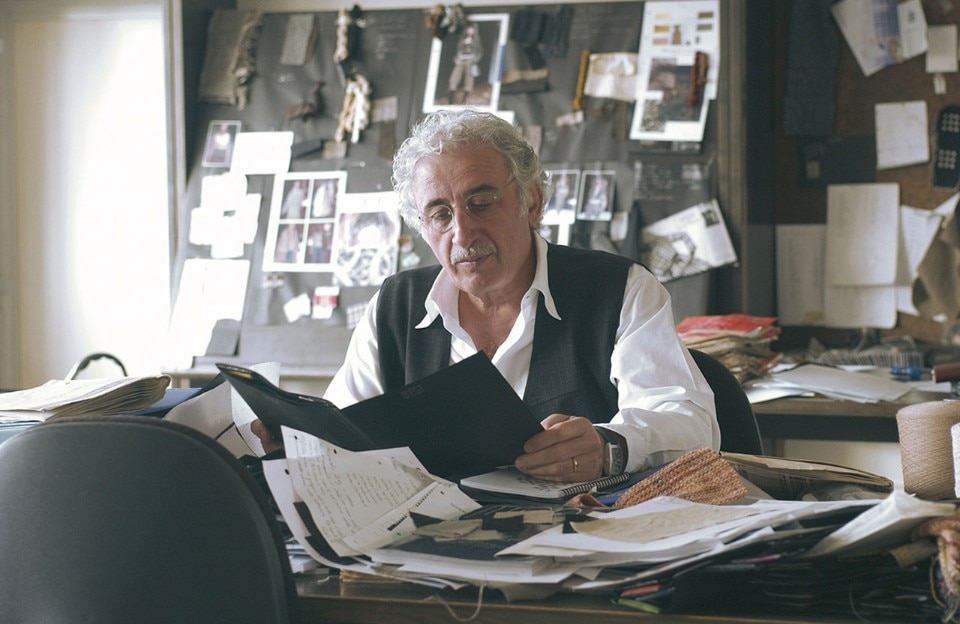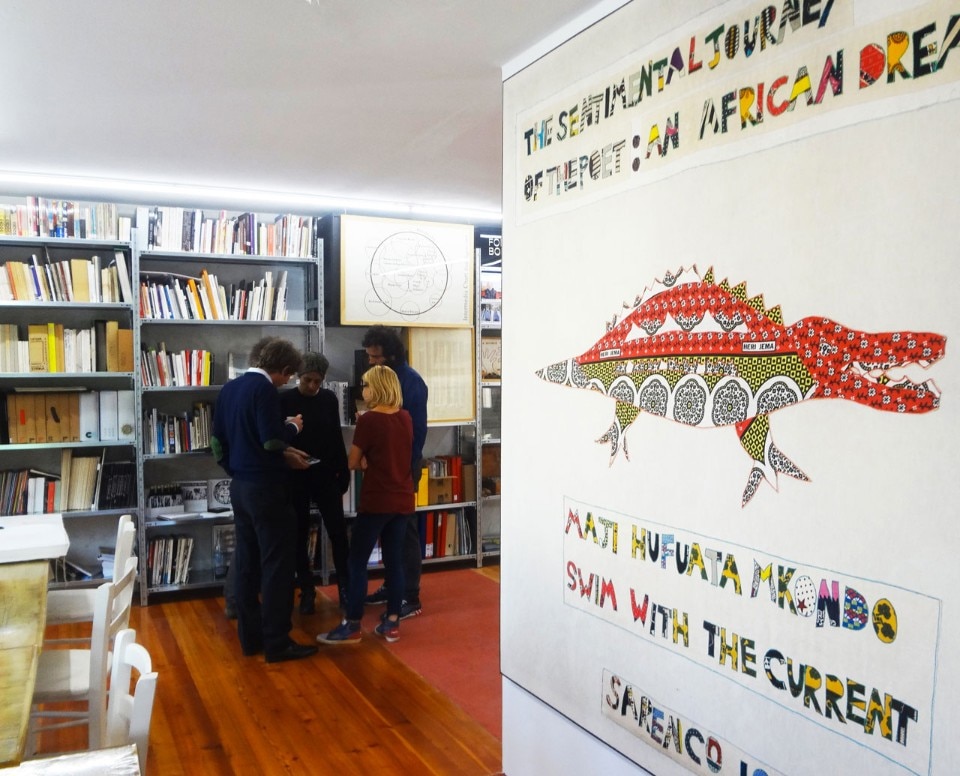
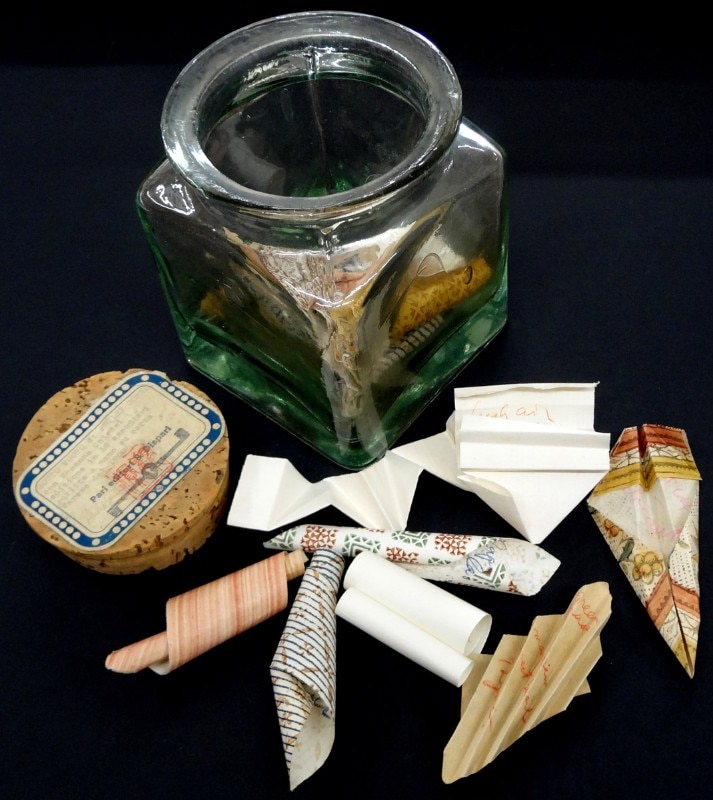
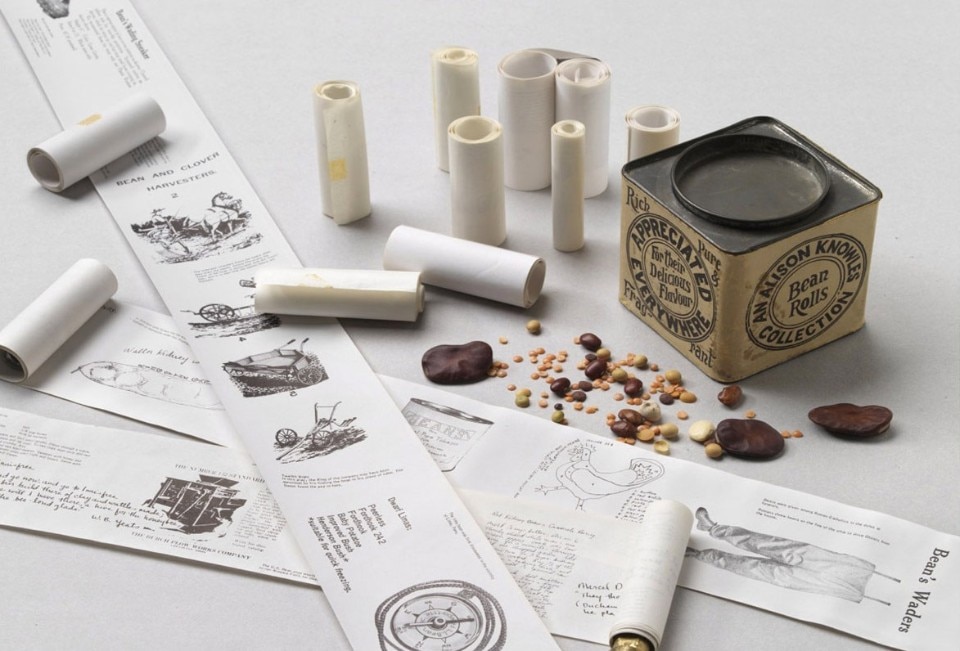
Ilaria Bombelli: Which artist do you think was the biggest hit with your workers?
Luigi Bonotto: I think Ben Patterson more than any other drew them into his world. He was always in the mood for jokes, unlike Eric Andersen who on the contrary had a very shy nature. Philip Corner was noisy: one day, out of the blue, it was the summer of 1995, he decided to stage a performance inside the factory. He made us hold on to one another, managers and workers, in a long human chain around the looms, while he went around switching on one at a time: each loom produced a different sound depending on the product it was making. The title of the performance was “I can walk around listening to the world like a concert”.
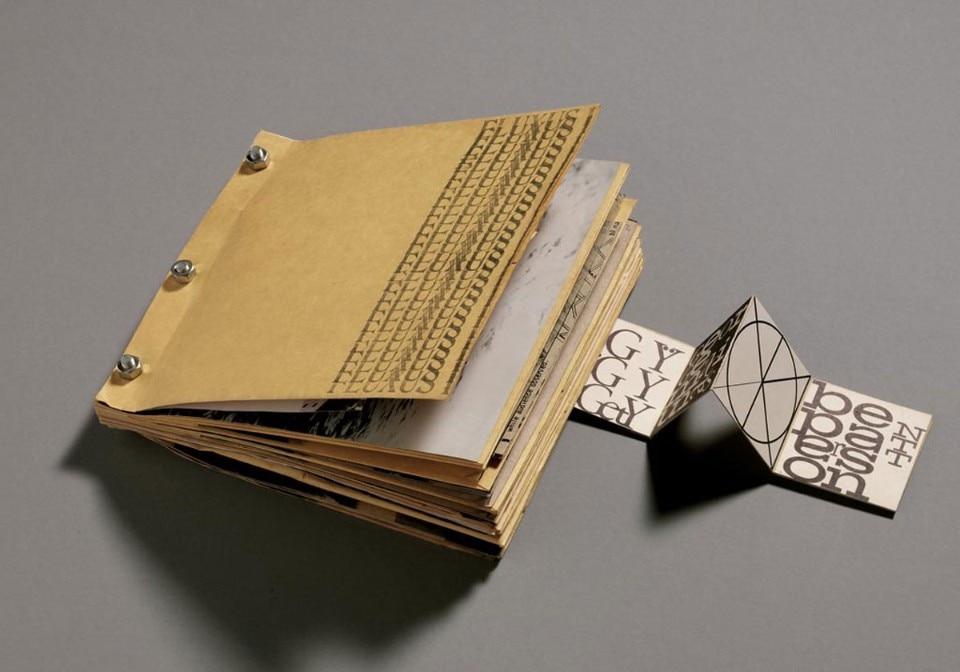
Ilaria Bombelli: George Brecht, one of the most important artists of the early Fluxus, said that everyone had their own idea of what Fluxus was. How would you define it in a word?
Luigi Bonotto: A spirng wind, that blew across the world for several years knocking over and overwhelming those that let the wind shake them.
Ilaria Bombelli: And more specifically, what was Fluxus for you?
Luigi Bonotto: I say always that for me Fluxus was “the Sunday of my life”.
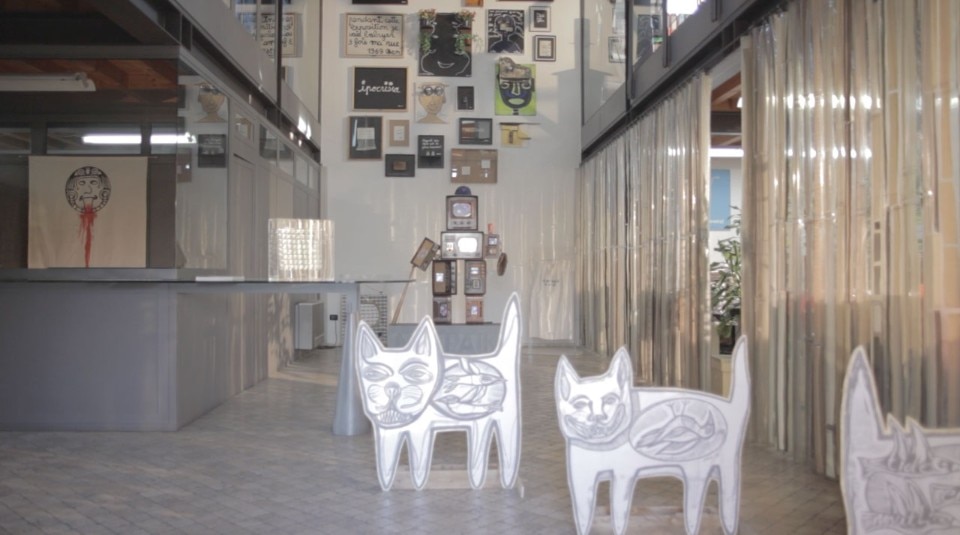
Ilaria Bombelli: What was the first work that came into your possession, the “number one”?
Luigi Bonotto: It’s a question that I honestly have never asked myself. Maybe an edition of Marcel Duchamp, an ordinary shower outlet for draining water away but in silver.
Ilaria Bombelli: It is an object that lends itself to much allegory and symbolism. Is if for you today only a memory or do you think that, like for Uncle Scrooge, it acted in some way like a lucky charm given the wealth of your collection today?
Luigi Bonotto: To be honest, I sold it almost straight away.
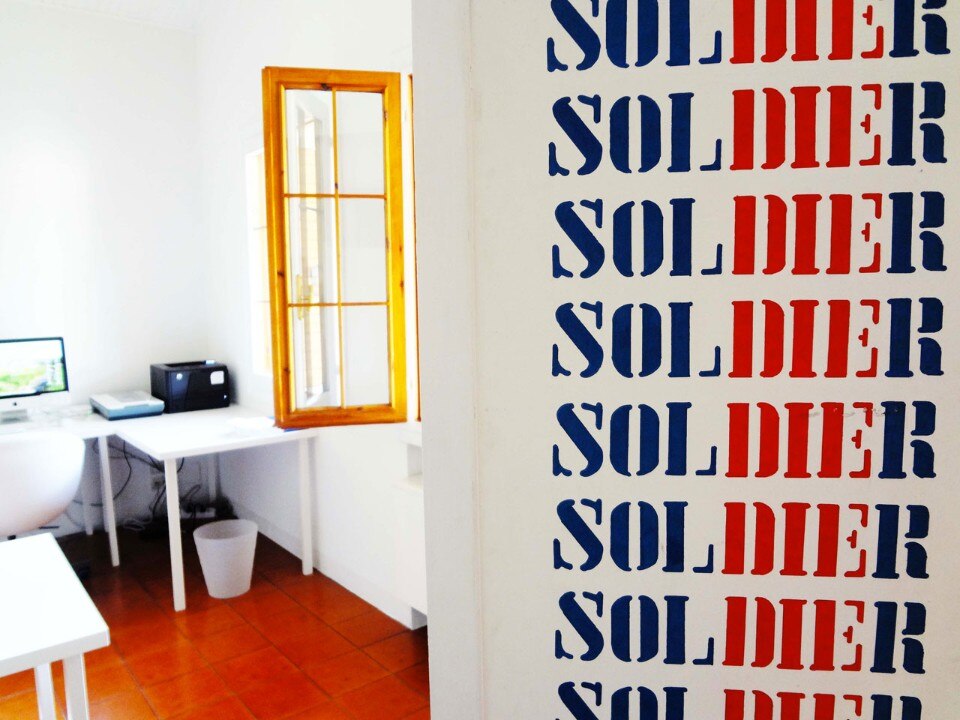
Ilaria Bombelli: Why? in the end, the father of Fluxus, George Maciunas, stated that Fluxus was a “fusion of Spike Jones, vaudeville, gags, games and Duchamp”…
Luigi Bonotto: My collection was taking another direction.
Ilaria Bombelli: But is it true that you challenged Duchamp to a game of chess?
Luigi Bonotto: Yes, in 1965. Chess players are absurd characters. I remember an individual who remained sitting motionless in front of the chess board even twelve hours at a time, only eating raw eggs that he suddenly grabbed and drank without changing his position of play. One evening I went to the Chess Club in Milan where by chance I met Duchamp. As soon as I saw him I lost no time and challenged him. He destroyed me in less than fifteen moves. I saw him other times but I never asked him to play chess again.
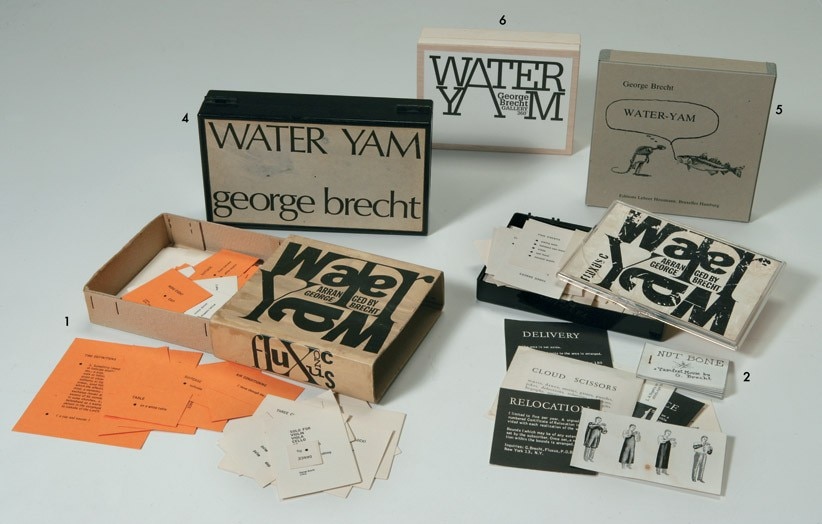
Ilaria Bombelli: But you played chess with Yoko Ono…
Luigi Bonotto: Yes on a white chessboard with white pawns, without actually competing though… That was the meaning of the work.
Ilaria Bombelli: Which work would you have liked in your collection that you didn’t manage to get?
Luigi Bonotto: A work that, in truth was already in my collection but I was forced to give it up: what was considered the first “tableau piège” by Daniel Spoerri. My mother was very religious (she was secretary to the bishop of Vicenza) and always complained about the fact that in the factory there were no religious works. She convinced me to trade the first tableau by Spoerri with another of his works “the good Shepherd” a wall hanging depicting a herd of moose and an anthropomorphic figure in wood with a long twisted penis in full view. I made the exchange reluctantly, but I had to say that my mother wasn’t very enthusiastic… and to tell the truth neither was the bishop when he came to visit the factory!
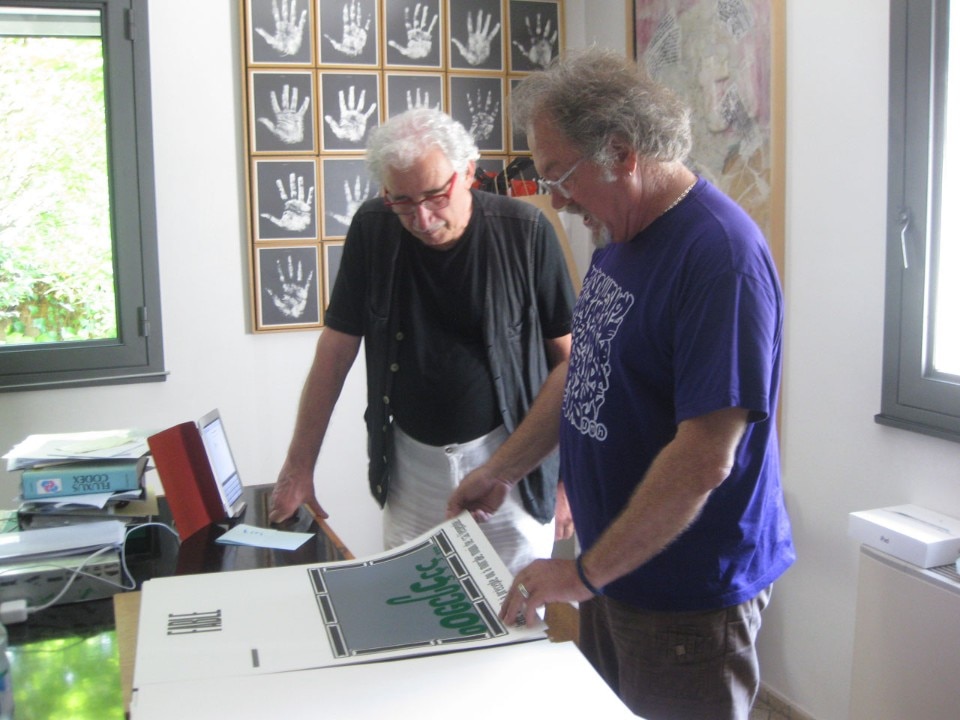
Ilaria Bombelli: Which Fluxus artist did you feel closest to personally
Luigi Bonotto: Definitely Ben Patterson. He stayed with us for months at a time. I remember one day he lost his balance, tumbled down the stairs and as he fell grabbed the post box in bronze by Nam June Paik (“Voyeur’s Mail Box”, 1990) dragging it on top of himself and even getting cut. “What are you doing?” I asked. “I have to protect you”, he replied in total seriousness and that was how he slowly began to transform this space a few metre square into a “magic room” (“Magic Room”, 1994-1996), covering the walls with images of all kinds and connecting to each door an electrical circuit that only the right combination of images could turn on, enabling the lock to open. He pierced the ceiling with knives carving his biography. Only the floor remained bare but he wanted to destroy that too to make a bath! It was the only thing I didn’t let him do.
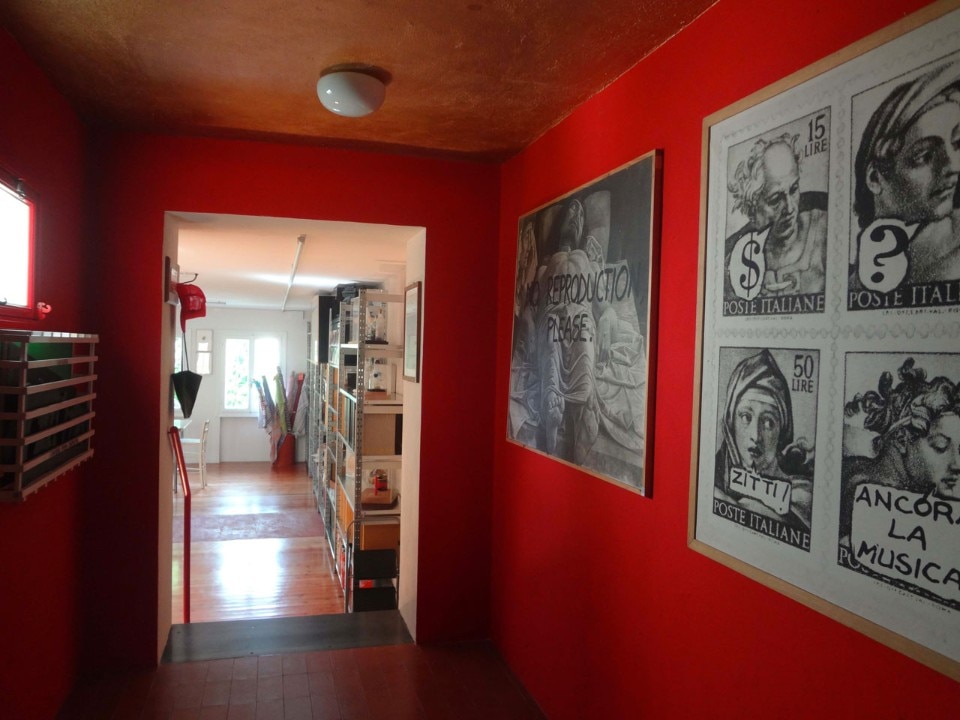
Ilaria Bombelli: There is a photograph of him arm-wrestling with Dick Higgins. Both are splitting their sides laughing. What do you remember about Higgins?
Luigi Bonotto: He was a great speaker, he could talk for days. For many years he was my adviser, he was the one who helped me put together the great collection of Fluxus books that until 26 April, was shown at the Fondazione Bevilacqua La Masa di Venezia in the exhibition “Fluxbooks”.
Ilaria Bombelli: How would you describe him?
Luigi Bonotto: Using the same words that La Monte Young used to describe what was considered the most important Fluxus publication: “An Anthology of Chance Operations, Concept Art, Anti-Art, Indeterminacy, Improvisation, Meaningless Work, Natural Disaster, Plans of Actions, Stories, Diagrams, Music, Dance Constructions, Compositions, Mathematics, Poetry, Essays”. It is an exhibition organised in five sections: Book as Book, Book as Memento, Book as Plot, Book as Box, Book as Object. A collection that goes from the manual for micro-revolutions by Yoko Ono (”Grapefruit”, 1964), to “Flux Reliquary” (1973) containing “pseudo-religiosi memorabilia” by Geoffrey Hendricks, to the “Optimistic Box”, that has inside it stones, erotic photographs and a pink ceramic piggy bank, by Robert Filliou (1968-1981).
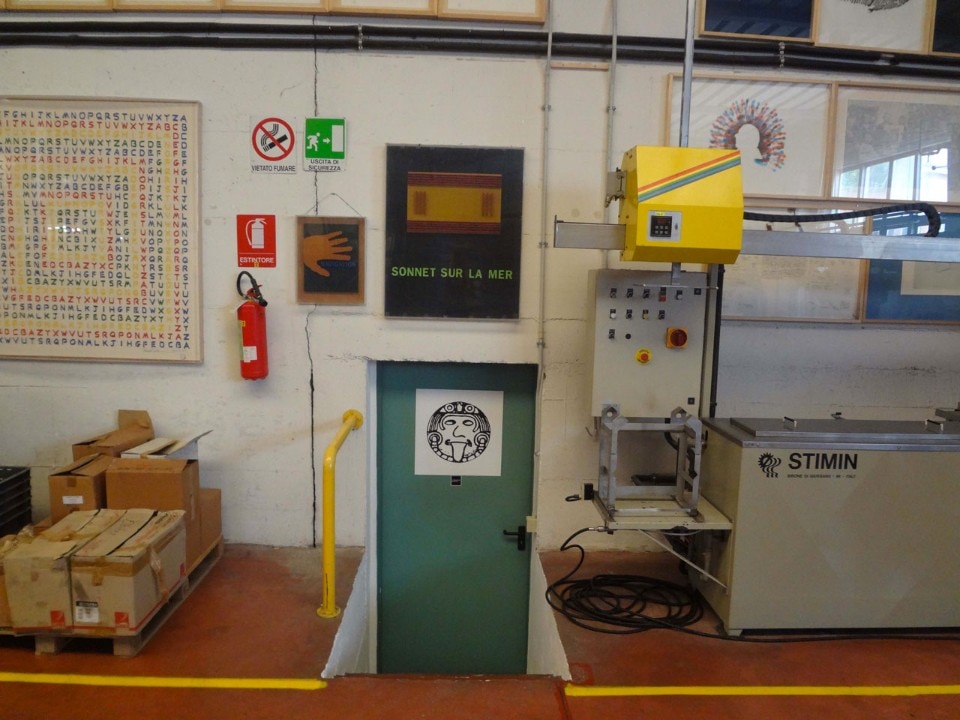
Ilaria Bombelli: These books (or anti-books), filled with instructions for self-destruction, analgesic pills or blood-bags, are presented inside thick sealed glass cases, even though this seems to disregard the spirit of Fluxus and I would almost say the self-harming nature of these objects…
Luigi Bonotto: You're right but I have to consider their almost priceless value.
Ilaria Bombelli: Today your collection floats in cyberspace: it is completely visitable online at the Fondazione Bonotto site, as well as spread in every corner of your home and business. The Fluxus artist Robert Filliou hid his works in a paper hat. When will you bring out your collection from the hat, where do you imagine or dream of seeing it?
Luigi Bonotto: Years ago I bought a space in Bassano to build a museum centre but then I didn’t manage to get authorisation. Today I don’t imagine any more a physical place but a great interactive video where people can make all the works they want float in front of their eyes.
until 26 April 2015
FLUXBOOKS. From the Sixties to the Future
Fondazione Bevilacqua La Masa
Palazzetto Tito
Dorsoduro 2826, Venice


